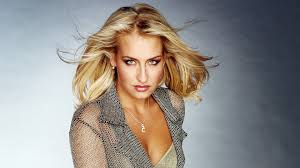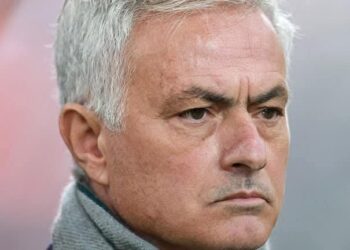The conclusion of the individual competition at the Guayaquil Junior World Championships presents an ideal opportunity to evaluate the technical and tactical aspects of the event, which crowned 14 new world champions. Florin Daniel Lascau, Head Refereeing Director, provided insights into what he observed throughout the tournament.
Lascau highlighted that the competition was exciting, featuring many impressive throws and a high level of technical skill. He expressed satisfaction in seeing competitors emphasize classic Kodokan movements, which is a positive outcome given the ongoing efforts to promote these traditional techniques. This focus on Kodokan-style judo was one of the most encouraging aspects of the tournament.
In terms of groundwork (ne-waza), the competition featured numerous immobilizations (osaekomi-waza), while fewer armlocks and strangle techniques were executed. Although classic armlocks (kansetsu-waza) were not as prevalent, Lascau noted the presence of beautiful variations of ude-garami, te-gatame, and waki-gatame, demonstrating a diversity of technique. However, he observed fewer instances of okuri-eri-jime, a strangle technique.
Lascau was particularly interested in the transitions from standing techniques (tachi-waza) to groundwork. He observed that many juniors effectively executed transitions from o-uchi-gari or ko-uchi-gari, maintaining their grip and smoothly continuing their attacks on the ground. These transitions demonstrated a high level of competence, and while classic transitions from tai-otoshi and uchi-mata were also present, Lascau noted that they have become more common and expected at this level of competition.
On the tactical side, Lascau acknowledged that tactical awareness is often lacking in junior judo. Young athletes are more focused on scoring, sometimes neglecting the strategic management of the match. This approach, while less tactical, often results in exciting and spectacular judo. During the four-day competition, it was not uncommon to see athletes leading with a waza-ari score but eventually losing the match due to poor management of their lead. Lascau suggested that this is a natural part of the learning process for junior competitors.
Despite the high level of competition, Lascau noted that there is still work to be done in educating athletes and coaches about certain rules, some of which have been in place for only a few months. For instance, the rule against using the head during a throwing technique, particularly when performing uchi-mata, harai-goshi, seoi-nage, or tai-otoshi, needs further clarification. For safety reasons, it is prohibited to lean on the head when executing these throws.
A few months ago, Lascau had emphasized this rule, which is part of the twelfth update to the refereeing guidelines. He reiterated that techniques involving head-diving are dangerous and will be penalized with a hansoku-make, or disqualification. The rationale behind this rule is to prevent injuries, as the neck is not a strong part of the body, and landing head-first puts athletes in a risky situation. This rule is especially important because young judoka, as young as 15, can compete in World Judo Tour events, and millions of children who practice judo look up to these athletes. Lascau pointed out that in demonstrations of judo techniques by the IJF Academy and Kodokan, no techniques involve landing on the head, and this standard must be maintained for safety.
Lascau stressed that the strict enforcement of this rule will continue, with many refereeing seminars already conducted and more planned to ensure that the rule is clearly understood and followed. The safety of athletes is a top priority, and head-diving techniques will continue to be penalized.
In his closing remarks, Lascau praised the overall quality of judo displayed during the competition. He encouraged junior athletes to aim for a second score after leading by waza-ari, as this aligns with the spirit of judo. Continuing to push for the next score embodies the perseverance and determination that are fundamental to the sport, and Lascau hopes to see this mindset adopted by more junior judoka in the future.









